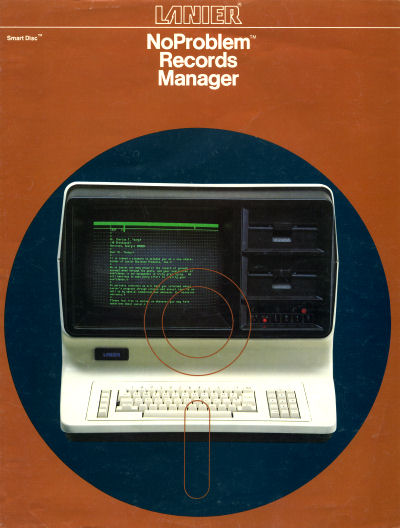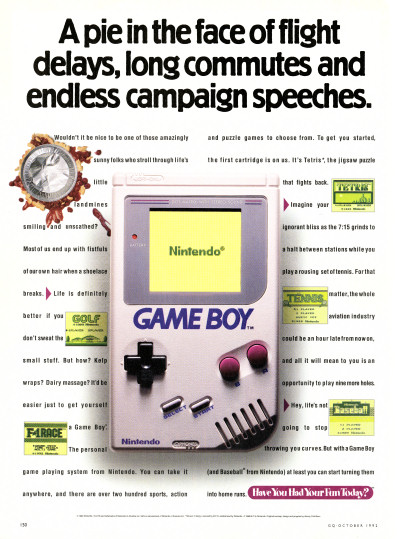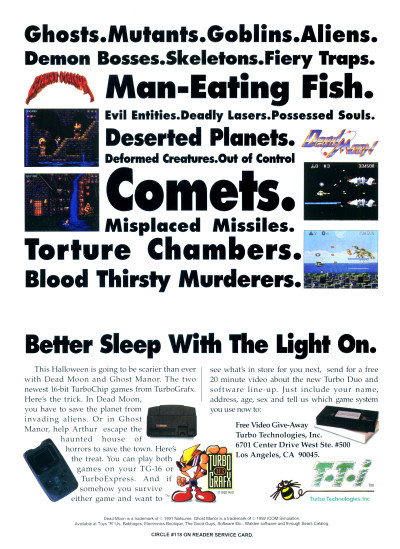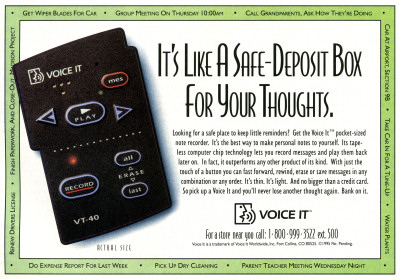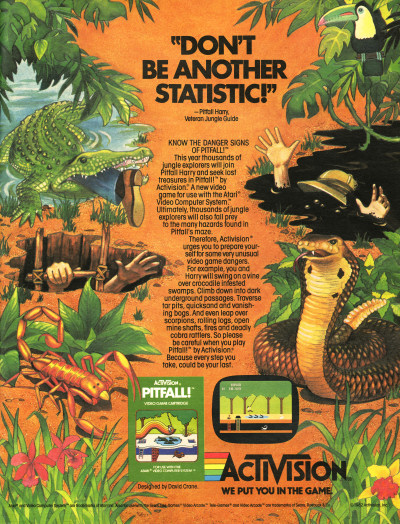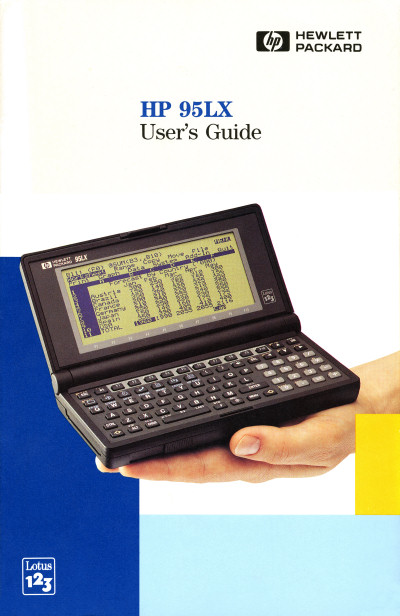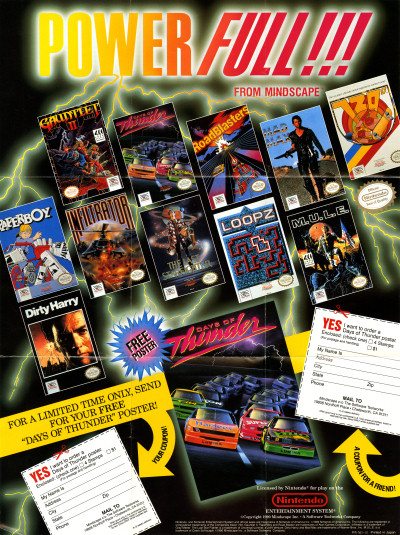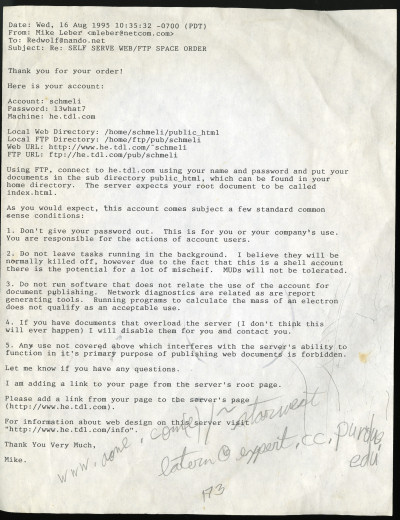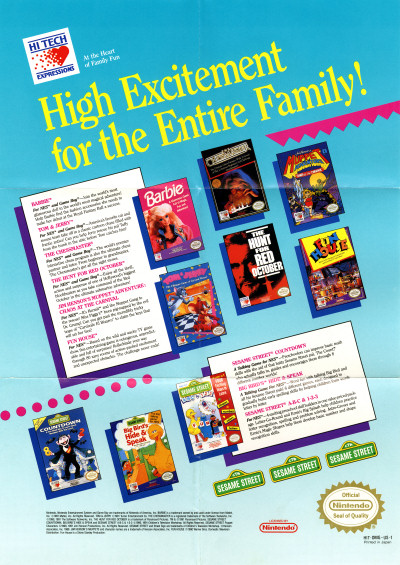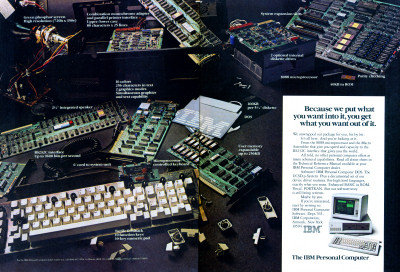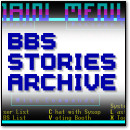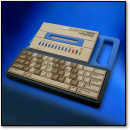[ Retro Scan ] Lanier Model 103 Word Processor
Monday, January 30th, 2017Well over a decade ago, I picked up a Lanier Model 103 No Problem word processor system (ca. 1978) and a matching daisy wheel printer for free from a local hamfest. I was lucky enough to get disks for it too, so I could boot it up and play around with it some.
This No Problem system was a dedicated-purpose computer running an 8080 CPU and custom word processing or database software. It was aimed at small businesses and publications such as newspapers, and it cost accordingly — somewhere between $10,000 and $15,000 depending on the configuration. You can see what it looked like in the scan above — this scan comes from some literature that I received with the system.
My Model 103 came equipped with two single-sided, hard-sectored full-height 5.25″ floppy drives, a green screen CRT, and a full-sized keyboard build into a huge fiberglass shell with a heavy cast-aluminum base. It must have weighed at least 60 pounds. It took up an entire shelf in my garage, and there it sat unused for half a decade.
I meant to write about it on VC&G, but never got around to it. I even spoke to a Lanier veteran about it via email. But it got put on the back burner, and eventually my garage ran out of space for my collection, so something had to go. I picked the Lanier Model 103, took it apart for educational purposes (likely saved some parts), then recycled the rest.
I still kinda regret getting rid of it, but man it took up a lot of space and something had to go. I did save the disks, though, if anyone needs them.
Discussion Topic: Did you ever use a dedicated word processor machine? Tell us about it.
